Best Asana alternatives
Asana is a powerful task management software designed to help your team keep track of projects, tasks, and overall workflows. But while Asana is one of the most popular task management solutions out there, that doesn’t necessarily mean it’s the right choice for your business. That’s why you may want to search for similar tools that better fit your needs.
The challenge with finding the right solution is that there are so many programs like Asana on the market. Your time is precious — so we’ve compiled a list of our top Asana alternatives to help you streamline your product search and find your ideal match faster.
Why you should consider alternatives to Asana
Although Asana has its benefits, there are simply too many options on the market for your business to settle for a solution that doesn’t quite fit. Asana users face a number of common challenges. If you’re currently using Asana but are on the hunt for alternatives, chances are you’re dealing with one or more of the following:
- Limited features: Some users find that Asana simply doesn’t offer the features they need. Depending on your preferences, there may be other options that better suit your work style and approach to task management.
- Complexity: Many users find Asana’s interface — particularly when it comes to advanced features — difficult to master. While this could vary based on your team’s experience, ease of use might be a top priority in your search for an alternative.
- Integration issues: Some users are unable to integrate Asana with the various programs in their tech stack. This issue depends on your current solutions, of course, but it’s important to consider integrations when looking for the right project management software. Some Asana alternatives may offer specific integrations that work for you but are not currently available with Asana.
What to look for in an Asana alternative
Ultimately, the exact factors that go into your search for an Asana alternative will depend on your unique needs. However, there are a few general considerations to keep in mind as you shop around:
- Budget: Asana’s free version may not meet all your needs, but its paid plans might not fit within your budgetary constraints. Finding an alternative that offers a balance between price and practicality is essential. Be sure to identify which solutions offer free trials, free versions, and affordable cost structures.
- Features: While Asana does offer a wide range of features, it may still lack some specific ones your team needs. Before you begin considering alternatives, identify which features are nonnegotiable and which you can do without. Keep a lookout for solutions with powerful task management features such as collaboration tools, integrations, mobile responsiveness, reporting, and Kanban-style organization — features like these will help reduce your costs through efficiency.
- Ease of use: Asana’s interface may be more complex than your team is prepared to use. Switching to a more user-friendly alternative may allow for a seamless implementation and quicker return on investment. The faster your team learns how to use your task management solution, the sooner they can start working more efficiently and provide additional value.
- Purpose: One major factor to consider when searching for an Asana alternative is whether it aligns with your ultimate goals. Asana may not be the right fit, but a similar tool could be better suited to the specific tasks you need help with. Some solutions may also be industry-specific, offering benefits unique to your particular business space.
Best alternatives to Asana in 2025
Although there are many Asana competitors on the market that could help you better manage your tasks, you shouldn’t have to spend an inordinate amount of time sifting through all the options. That’s why we compiled a list of our top 10 Asana alternatives — to help you make an informed decision without burning up too much of your precious time. (Note: Pricing listed is based on annual rates, so you may pay more if you choose a monthly option.)
1. Trello
If you’re a Kanban enthusiast, Trello may be your best option. While some other solutions on this list offer Kanban-style task management too, Trello specializes in it. It lets you build Kanban boards that you can easily customize and adjust using a drag-and-drop interface.
Trello also offers several tools to help accelerate your management process, including premade templates to build boards more quickly and process automation to streamline your overall workflow.
While Trello does offer a relatively robust free version, there are still some limitations as to what you can do with it. Namely, Trello restricts users to the Kanban style of board management and lacks team management features.
Best for: Kanban-style project management
Developer: Atlassian
Key features:
- Kanban task boards
- Intuitive interface
- Task list cards
Pros:
- Built-in automations
- Emphasis on Kanban style
- Robust free version
Cons:
- Add-ons cost extra
- Limited features
- Lack of Gantt charts
Pricing:
- Free version available
- Paid plans range from $5 to $17.50 per user per month, depending on tier and number of users
G2 rating: 4.4/5
2. Jotform Boards
Jotform Boards is another Kanban-style Asana alternative built around automation and usability. This intuitive task management system helps your team elevate the efficiency of its workflows while streamlining the task management process. Using Jotform’s drag-and-drop interface, you can easily move and organize tasks to keep track of your team’s progress.
You can also automatically create tasks by connecting one or more forms to your Jotform Board. As you receive responses to your forms, tasks will automatically appear based on custom rules that you can set to streamline your process. With Jotform, you can either make a board from scratch to fit your exact visual preferences or choose from more than 1,000 free board templates to save time.
Once your board is created, you can customize it to match your work style. You can edit task layouts by adding or removing certain fields, choose which fields are visible in card view, and build your board groups to reflect the steps of your internal workflow. You can even update the visual style of your board to match your business’s branding.
Jotform Boards makes it easy to organize your work and collaborate with team members. You can search for and filter your tasks using tags such as priority, due date, and description. Your team can also work seamlessly within your boards by sharing permissions, assigning tasks, leaving comments, and changing tracking through activity logs.
Best for: Automated task management
Developer: Jotform
Key features:
- Automated task creation
- Board template library
- Custom board builder
Pros:
- Connected to Jotform suite
- User-friendly
- Mobile responsive
Cons:
- Newer to the market
- Limited to Kanban style
Pricing:
- Free version available
- Paid plans range from $34 to $99 per month, plus custom enterprise pricing
G2 rating: 4.7/5
3. monday.com
If user-friendliness is at the top of your search criteria for task management tools, consider monday.com. Monday’s task management system is not only easy to learn, it’s also visually appealing and highly collaborative, allowing your whole team to operate and navigate your system without confusion.
Monday.com positions itself as a tool that goes beyond task management to manage your team’s overall workflow. True to its claims, this Asana alternative is excellent for collaboration and offers your team visibility into project timelines. However, some users find that monday lacks some of the more advanced features that programs like Asana provide, such as project budgeting and cost tracking.
What’s more, although the base version of this solution is relatively easy to understand, it takes some time to master the advanced features available in the higher pricing tiers. These capabilities require manual setup and offer a wide variety of customization features that, while useful, could impact your learning curve.
Best for: Overall ease of use
Developer: monday.com
Key features:
- Visually driven design
- Customizable views
- More than 15 board views
Pros:
- Mobile app for iOS and Android
- Collaborative interface
- AI-powered platform and assistant
Cons:
- Limited automations
- Fewer integrations than Asana
- Manual setup required for advanced features
Pricing:
- Free version available
- Paid plans range from $9 to $19 per seat per month, with 500 AI credits per month per account; automation and integration actions vary by plan
G2 rating: 4.7/5
4. ClickUp
ClickUp positions itself as a task management solution that can replace multiple tools thanks to its wide range of capabilities. When it comes to task management specifically, ClickUp offers one of the widest varieties of features of all the solutions on our list. What’s even better is that many of these capabilities are available in the free version of the program.
ClickUp’s free features include tools like time management, workspace customization, docs/wiki usage, collaboration solutions, and more. The free version of this Asana alternative also offers unlimited users, unlimited tasks, 100MB of storage, and a deep catalog of other useful tools.
The challenge with having so many features is that this solution may prove difficult for your team to set up and navigate. Some users also found ClickUp’s interface somewhat confusing due to the number of tools.
Best for: Range of features
Developer: ClickUp
Key features:
- Task management tools
- Reporting dashboards
- ClickUp AI
Pros:
- Robust free version
- Deep feature library
- Goes beyond task management
Cons:
- Steep learning curve
- Confusing interface
- File exports limited to PDF format
Pricing:
- Free version available for unlimited users
- Paid plans available at either $7 or $12 per user per month, or at a custom rate for enterprise users
G2 rating: 4.7/5
5. Airtable
For businesses managing a large amount of data, Airtable’s database-like structure may be a better alternative to Asana. Airtable appears similar to a spreadsheet but is highly customizable, allowing you to organize your internal data and transform your interface into an effective task management system. And if you prefer, you can change your project view to a Kanban, Gantt, calendar, timeline, or gallery format.
One challenge with Airtable is its relatively complex user interface. This can make it difficult for your team to become comfortable enough with the solution that it drives value. The free version of Airtable is also limited when compared to similar solutions.
Airtable provides users with a high level of customization and functionality, but it does come with a high price tag. In fact, Airtable has the highest per-seat costs of all the solutions on our list. But if it’s the right fit for your work style and needs, it may be worth it.
Best for: Data management
Developer: Airtable
Key features:
- Customizable databases
- Templates
- Built-in interface designer
Pros:
- Designed for data management
- Highly customizable
- All-in-one workspace
Cons:
- Expensive
- Steep learning curve
- Limited free version
Pricing:
- Free version available
- Paid plans range from $20 to $45 per seat per month, with enterprise plans available at custom pricing; access to Airtable AI costs an additional $6 per seat per month
G2 rating: 4.6/5
6. Wrike
Wrike is a solution designed to keep your projects on track through multiple project management tools and configurations. This alternative to Asana is designed for teams with prior experience using simpler solutions that are ready to switch to a more advanced project management solution.
While the Wrike platform is versatile and robust, the user interface is somewhat less user-friendly than other solutions — particularly for teams with little to no project management experience. The number of tools and configurations can be overwhelming and may lengthen your implementation time, reducing this solution’s initial value.
But Wrike still offers plenty of benefits with capabilities like project tracking, reporting, and real-time collaboration tools. Features like proofing, for instance, help your team organize and centralize project feedback by allowing them to leave comments in a unified document.
Best for: Tracking projects
Developer: Wrike, Inc.
Key features:
- Customizable project workflows
- Reporting dashboards
- Integrations
Pros:
- Facilitates team collaboration
- Performance features
- Customizable views
Cons:
- Outdated Gantt features
- Steep learning curve
- Limited mobile version
Pricing:
- Free version available
- Paid plans range from $10 to $25 per user per month
- Enterprise and Pinnacle plans also available for custom pricing
G2 rating: 4.2/5
7. Jira
Unlike the other solutions on this list, Jira is designed with a specific user role in mind: the developer. Jira’s developer-specific tools offer unique project management possibilities for users in this space. While this narrows the target audience for this solution, it also virtually guarantees that you’ll have everything you need in a program if you’re a user in the development industry.
Jira is exceptional at tracking customer development issues, making sure your team stays on target with their resolution goals. Beyond that, however, its features are somewhat limited when compared to other Asana alternatives. Specifically, Jira was built for teams that use Scrum and Agile workflows, which means it doesn’t offer Gantt charts and may not be the best fit for teams that don’t use these two frameworks.
Some users have also found the user interface difficult to navigate and the free plan somewhat limited. But Jira does have great potential for enhancement thanks to its ability to access the Atlassian plug-in marketplace, which features more than 3,000 apps and integrations.
Best for: Developers
Developer: Atlassian
Key features:
- Scrum and Agile workflows
- Issue reporting
- Atlassian marketplace
Pros:
- Ideal for developers
- Highly customizable
- Available mobile app
Cons:
- No Gantt charts
- Steep learning curve
- Limited scope of features
Pricing:
- Free version available
- Paid plans start at $8.60 per user per month for Standard and $17 per user per month for Premium but vary based on number of users
- Custom Enterprise pricing also available
G2 rating: 4.3/5
8. Smartsheet
For project managers who prefer a spreadsheet format for managing tasks, Smartsheet is a great solution that offers plenty of tools. And if your team wants to transition their project management from Google Sheets or Microsoft Excel to a more advanced solution, Smartsheet may be the easiest format to understand.
That being said, Smartsheet is much more than a regular spreadsheet solution. This Asana alternative offers powerful task management features, real-time collaboration, critical automations, and more to elevate the way users approach their workflows.
Although Smartsheet offers a 30-day free trial, it’s the only tool on this list that does not offer a standalone free version. Smartsheet also relies on formulas to operate — similar to standard spreadsheets — which can be more challenging to use than other Asana alternatives.
Best for: Spreadsheets
Developer: Smartsheet
Key features:
- Reporting features
- Advanced spreadsheets
- Workflow automation
Pros:
- Robust capabilities
- AI formula creation
- Templates available
Cons:
- No free version
- Spreadsheet-only format
- Requires use of formulas
Pricing:
- Paid plans range from $9 to $19 per member per month
- Custom Enterprise or Advanced Work Management pricing available for teams with 10 or more users
G2 rating: 4.4/5
9. Basecamp
Unlike other Asana alternatives, Basecamp takes communication and collaboration to a whole new level. This no-nonsense solution effectively facilitates team communication through features like its internal one-on-one or group messaging system.
Basecamp also prides itself on being a straightforward solution. The Basecamp system organizes information in such a way that makes it easy for even non–project managers to track, understand, and manage ongoing work throughout your organization. Unique project views, such as Hill Charts and Mission Control, simplify project analytics in a way your whole team can understand.
However, this simplicity comes at the cost of more advanced features. Basecamp, for instance, doesn’t offer cost tracking and is less customizable than other tools like Asana.
Best for: Built-in communication
Developer: 37signals
Key features:
- User-friendly interface
- Robust communication features
- Integrations
Pros:
- Simplified workspace
- Enhanced collaboration
- Cost-effective
Cons:
- Less flexible
- Fewer advanced features
- Limited pricing options
Pricing:
- Free version available
- Basecamp Plus plan costs $15 per user per month
- Basecamp Pro Unlimited plan costs $299 per month for the entire team and comes with upgraded features
G2 rating: 4.1/5
10. Todoist
Likely the most straightforward solution on this list, Todoist has one goal in mind: creating effective to-do lists. This task management software may not have all the advanced features of other Asana alternatives, but it excels at its intended purpose. Not only is this solution easy to use, it also offers features like natural language processing to help you quickly add tools.
Todoist is also highly cost-effective. For only a few dollars per month, you can easily add this to your toolbelt and use it across nearly every platform. Todoist can help accelerate your productivity and keep you organized.
Keep in mind, however, that this solution is not a comprehensive task management tool. It is built for simplicity and, therefore, offers a limited number of features.
Best for: Simple to-do lists
Developer: Doist
Key features:
- To-do lists
- Natural language processing tools
- Streamlined software
Pros:
- Simple interface
- Affordable pricing
- Mobile-friendly platform
Cons:
- Minimal features
- Lack of automations
- Limited collaboration
Pricing:
- Free version available
- Paid plans range from $4 to $6 per user per month
G2 rating: 4.4/5
Test your ideal task management solution with Jotform Boards
As you search for the best Asana alternative to add to your toolbelt, take the time to test out your options. Most of the solutions on this list, including Jotform Boards, offer free versions of their software. This means you can try them out to see which tools fit best in your workflow. Keep in mind that solutions like Jotform Boards offer access to larger product suites too, enhancing your task management even further — and empowering your team.
This article is perfect for project managers, team leaders, business owners, and organizations that want a better way to manage projects, collaborate with teams, and streamline workflows.

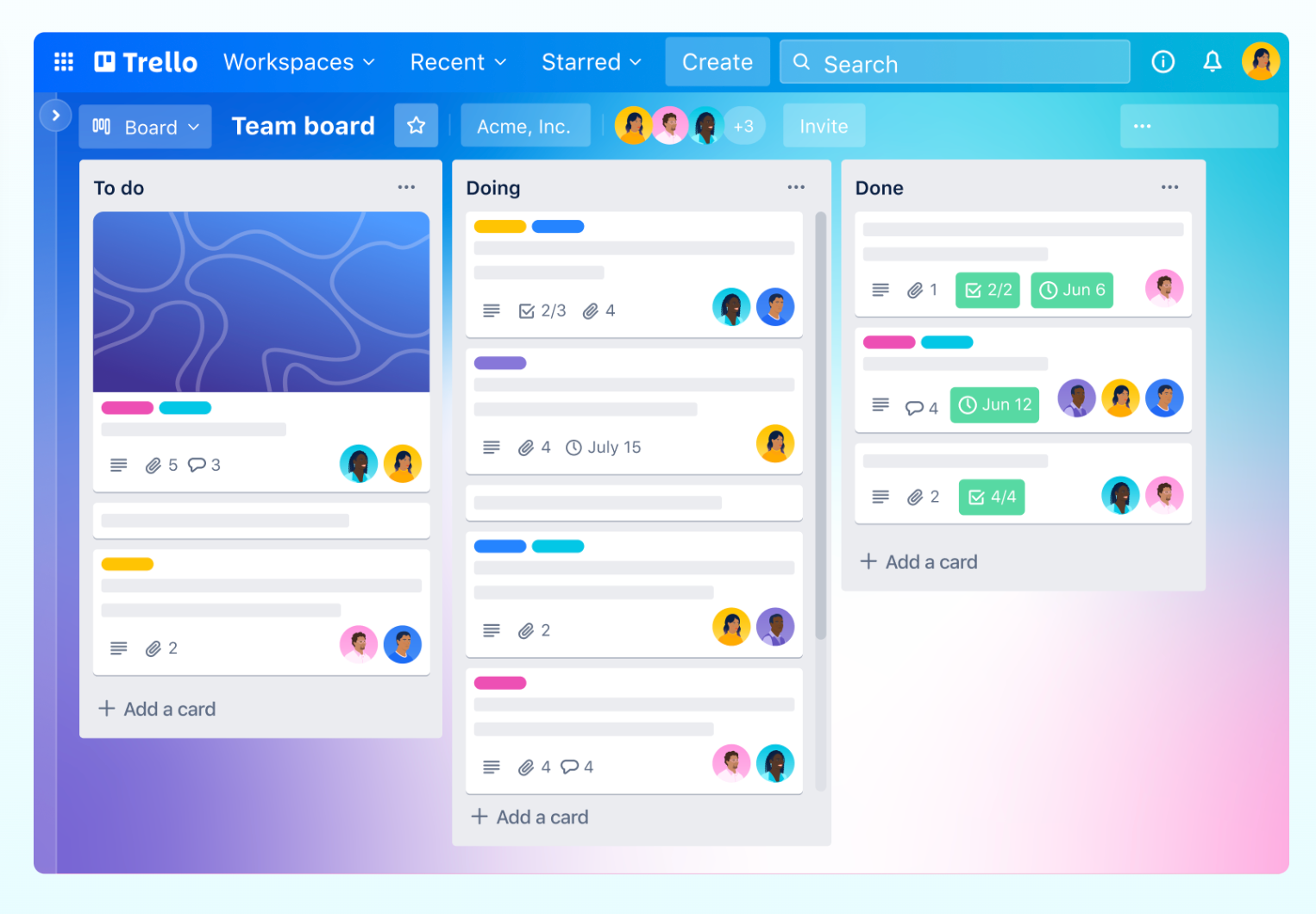
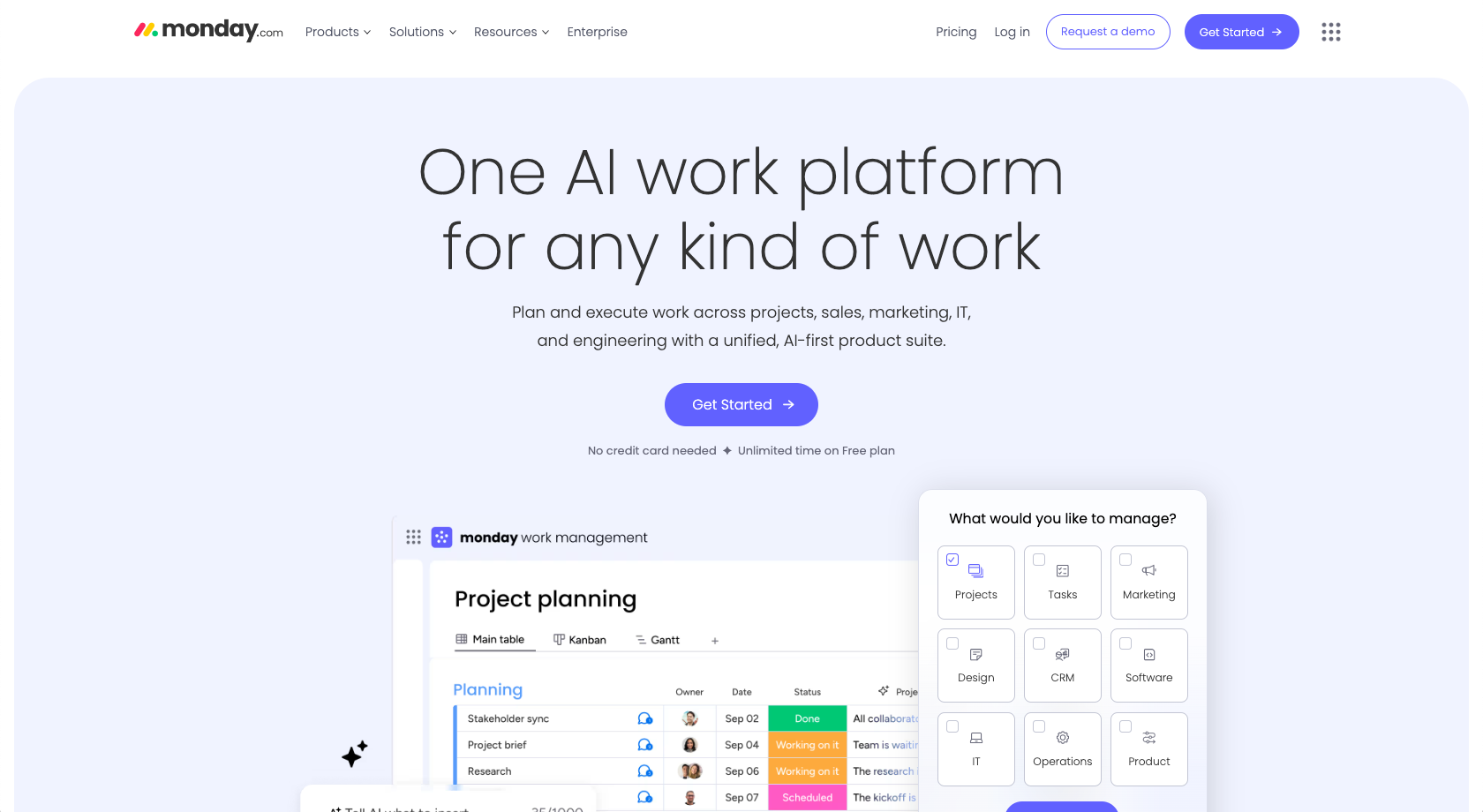
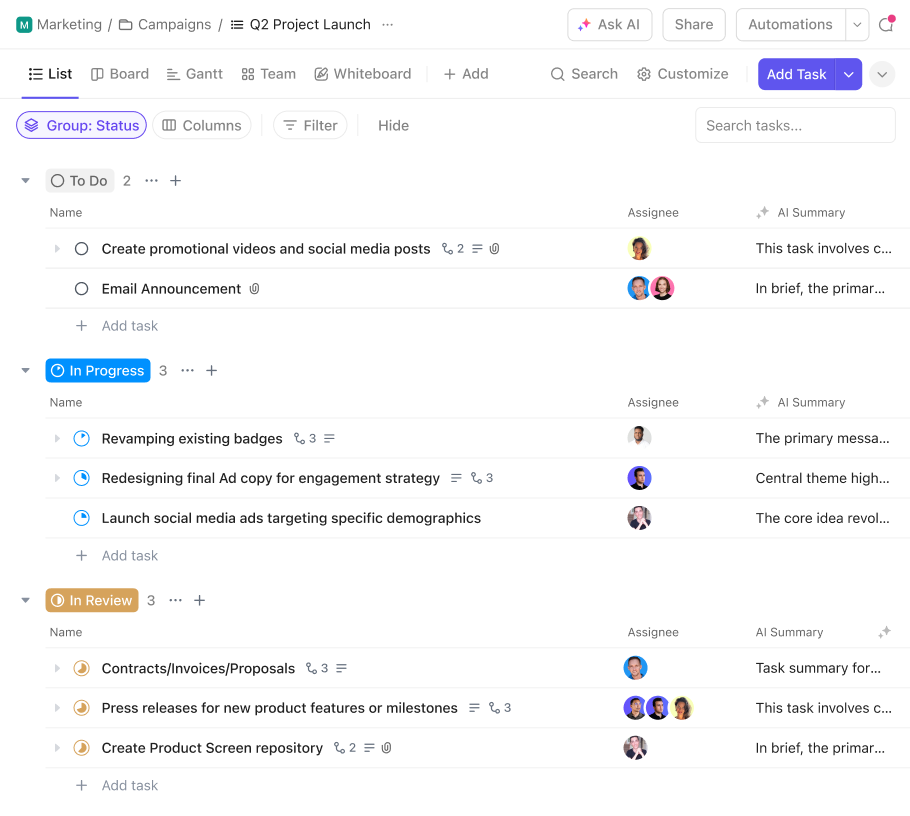
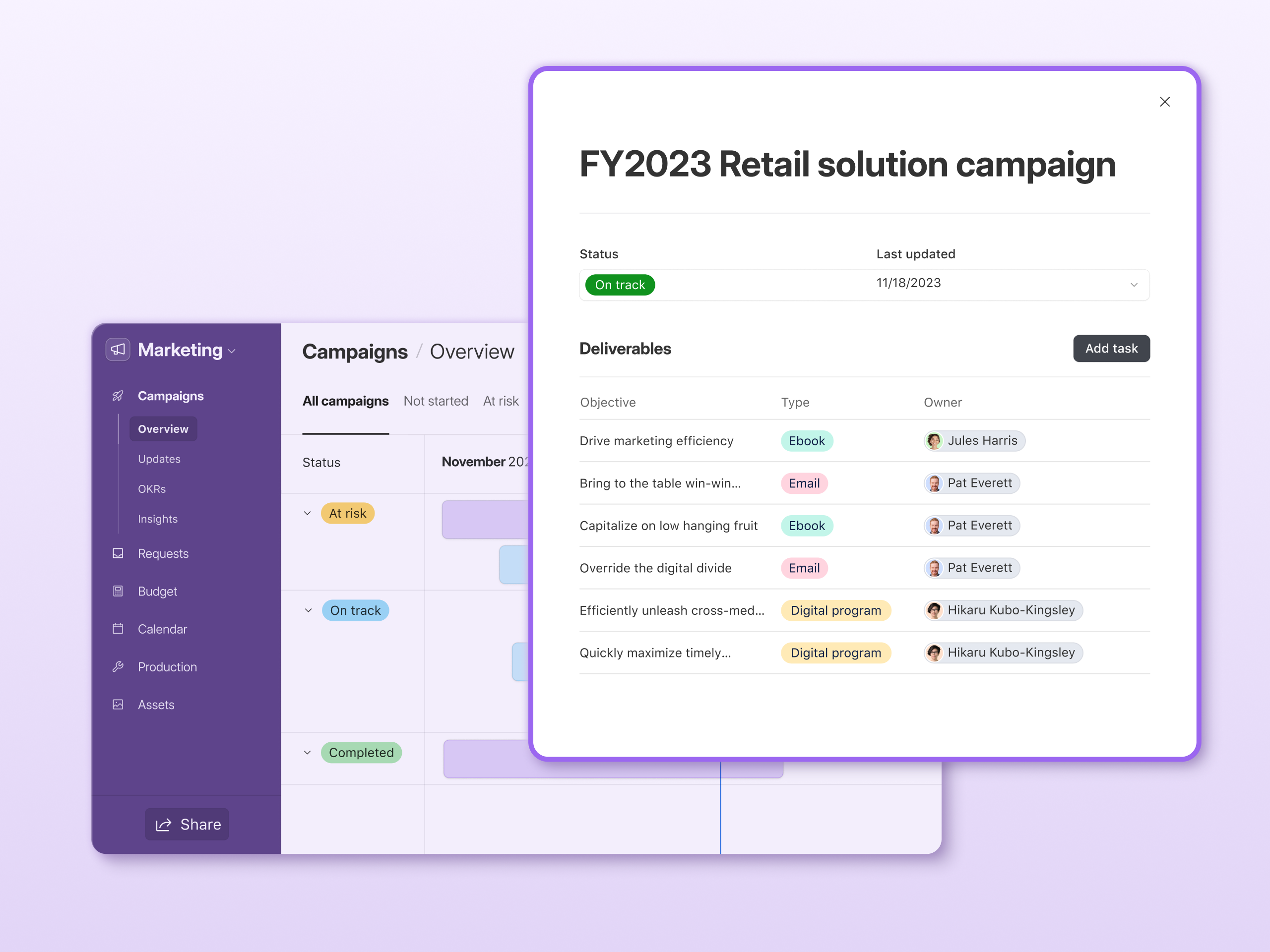

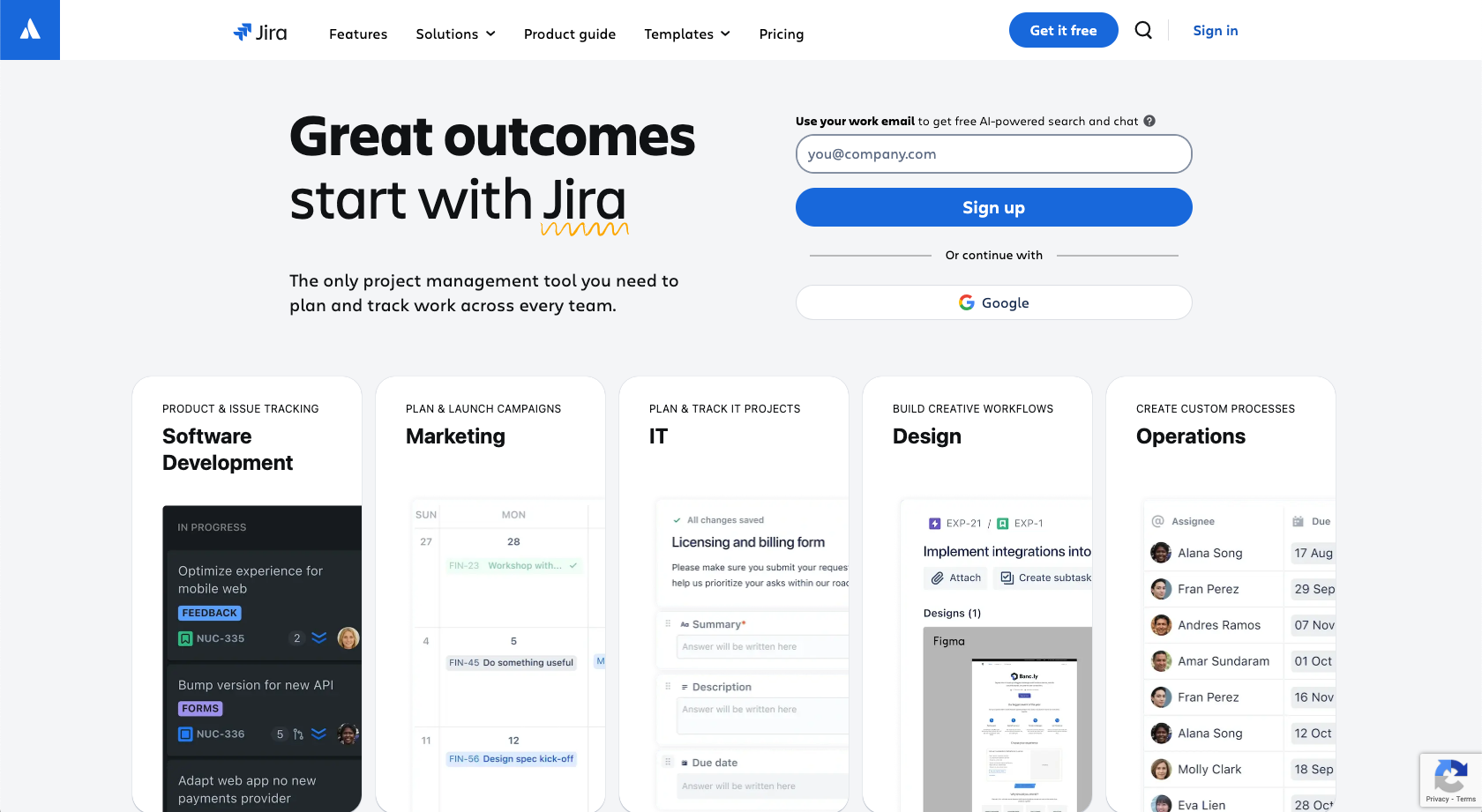
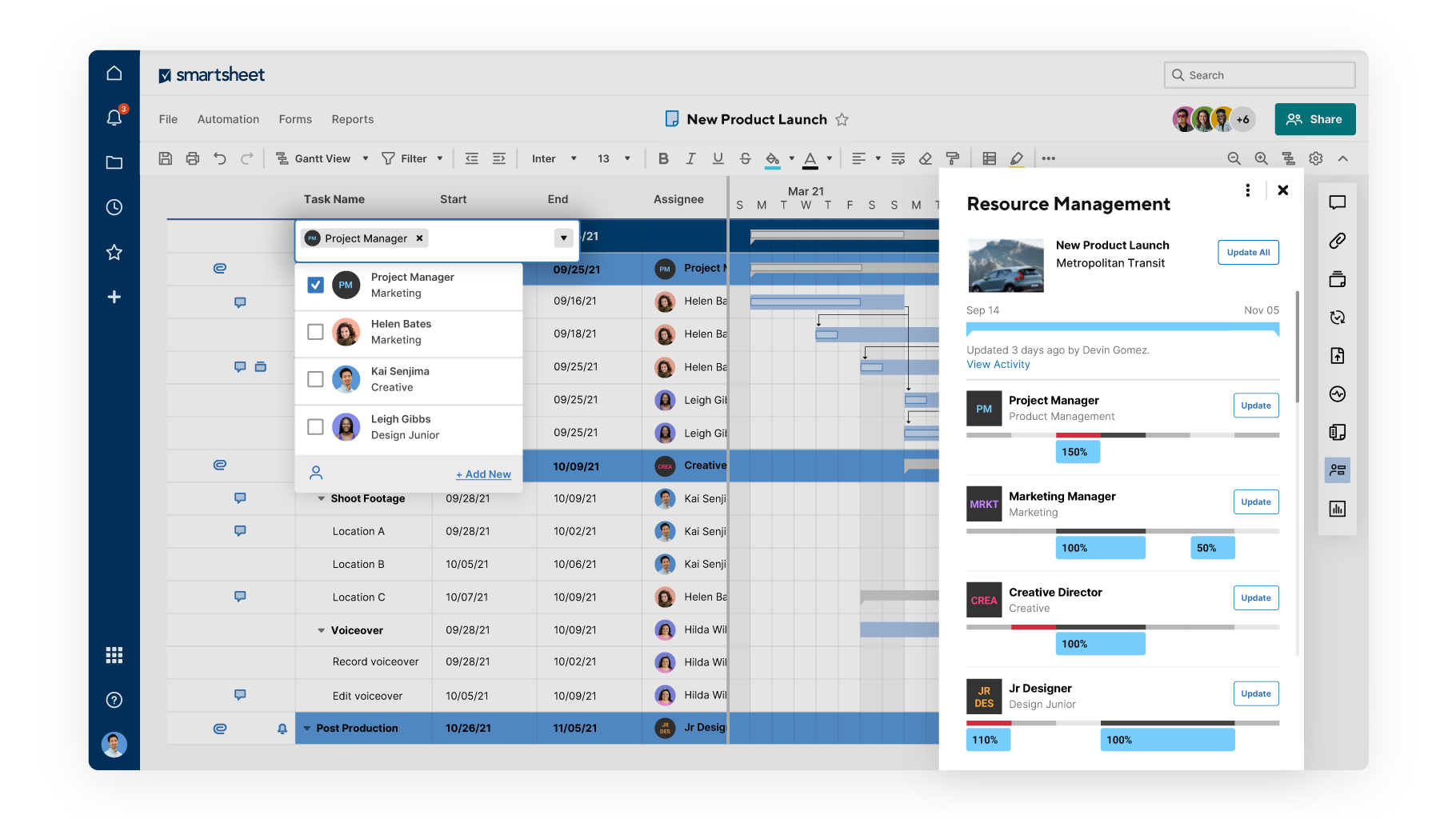

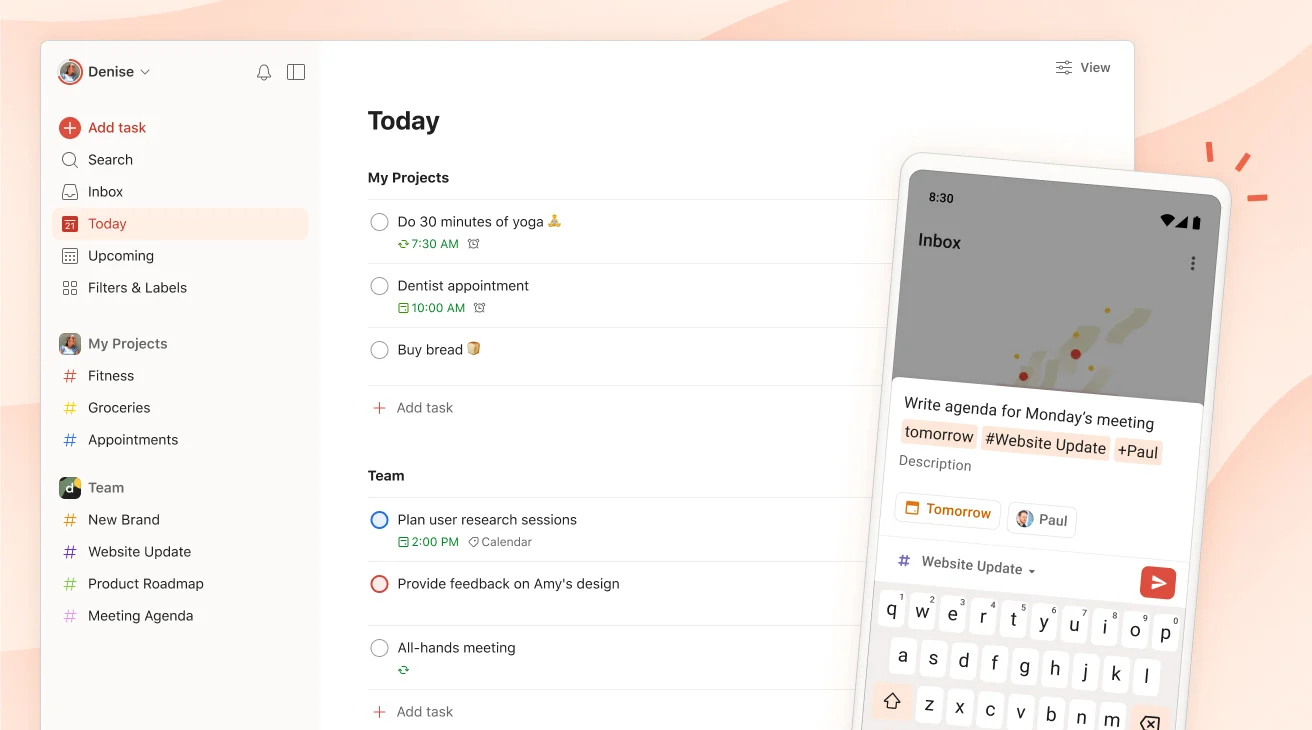








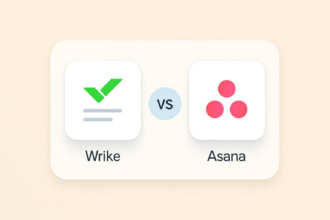

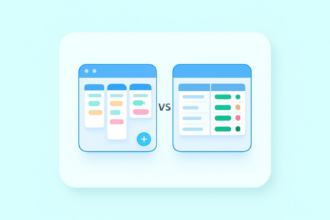





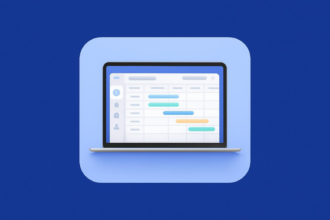

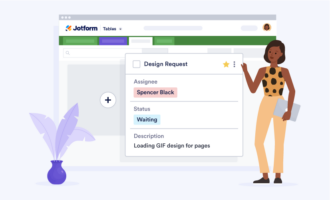


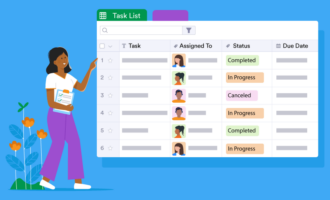

Send Comment: